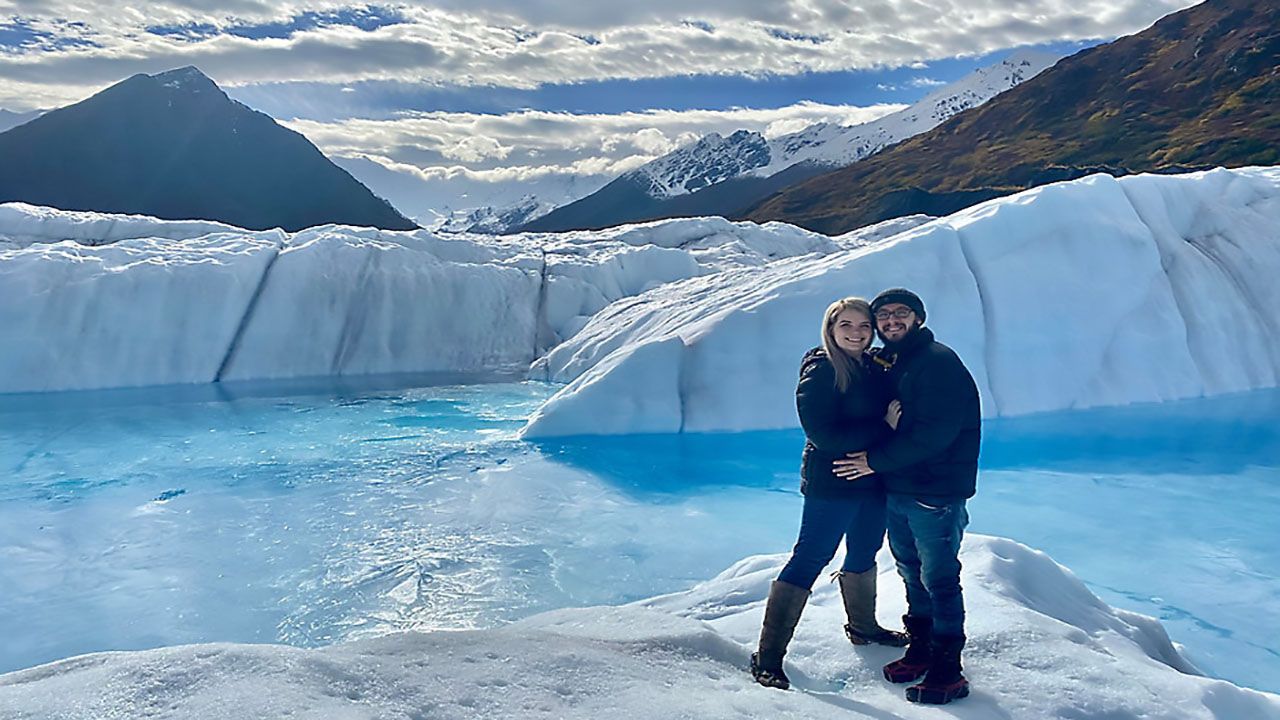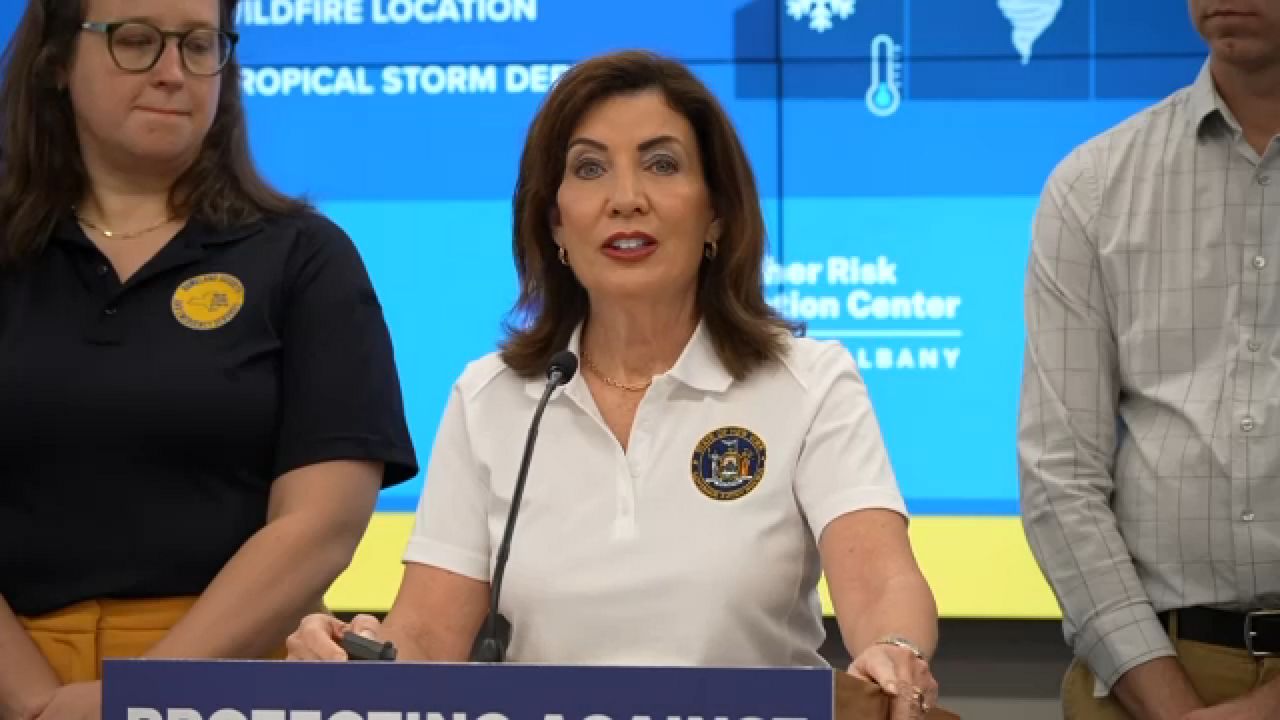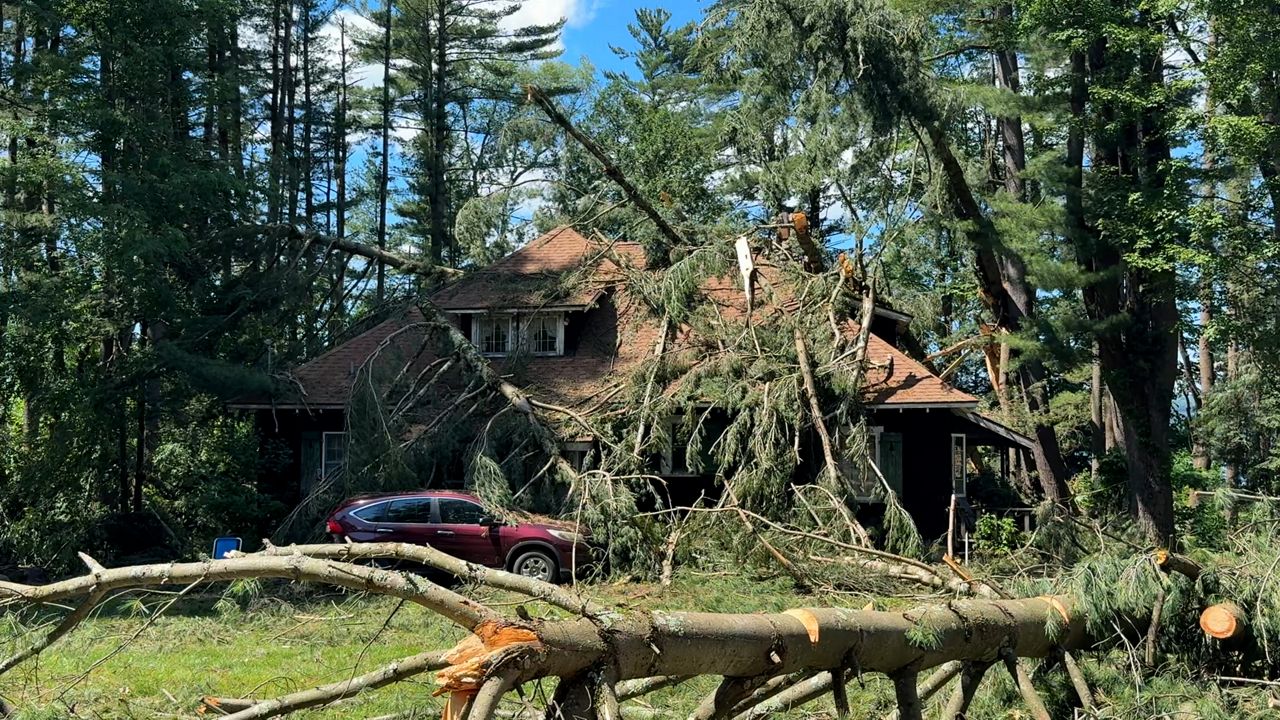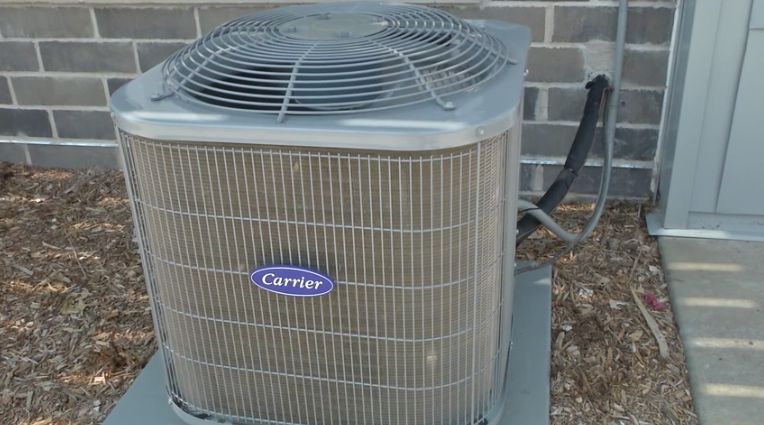Matanuska Glacier is one of Alaska's most accessible glaciers.
Many couples end up going to tropical paradises for their honeymoons. My husband and I aren't the biggest fans of beaches, so we went somewhere a little different: Alaska.
Our almost week-long honeymoon back in September included so many fun excursions, like dog sled training and checking out a resort that had both hot springs and an ice museum on site.
The adventure that stood out the most to us, though, was taking a helicopter to the Matanuska Glacier, the largest glacier in America that people can reach by a vehicle.
We could see the terminus (or snout) from the road while we were driving to the tour company. This glacier flows about 1 foot per day, but the location of the terminus itself has changed little over the last 30 years.

This was just a taste of the views we were about to experience.
The helicopter ride to the glacier only took roughly 10 minutes, but during that time, we could see black bears, moose and mountain sheep from above.
Eventually, we made it to the glacier itself, and wow. Just wow.
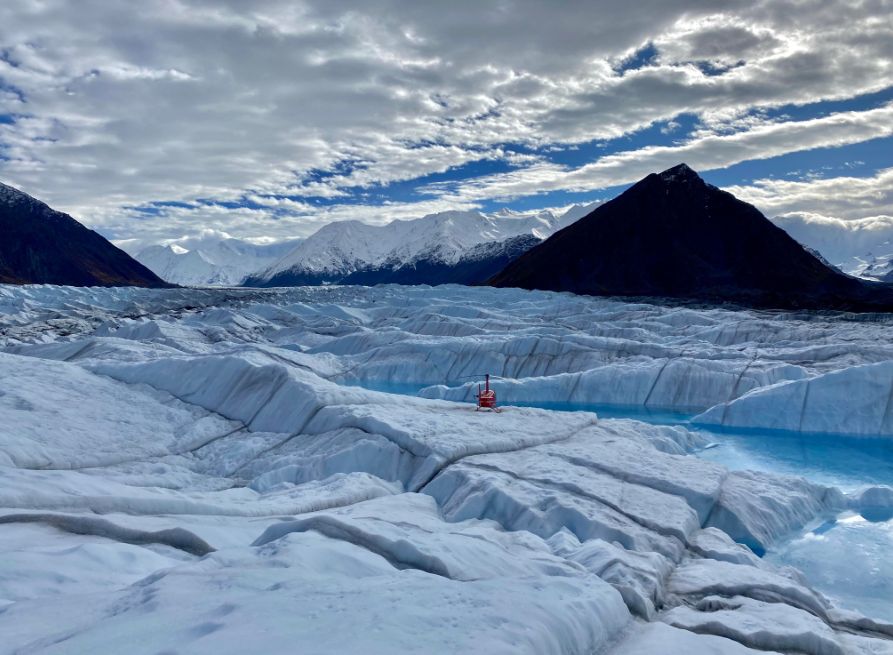
I'm not sure I'll ever experience anything as breathtaking as standing on a glacier again in my life. We even got to sip some of the water, and it was easily the best water I've ever had.
But even beyond the views, it was interesting to think about the connection to glaciers we have right here in New York State. For starters, the Great Lakes directly result from glacial activity.
The ice sheet began retreating 20,000 years ago as the climate warmed up, and the water from the melting glacier formed the basins of what are now the Great Lakes.
Speaking of ice and the Great Lakes, that can play a key factor in the weather sometimes. Lake Erie is the shallowest of the Great Lakes, so it freezes over the fastest during the winter.
Once that happens, the lack of open water hinders any lake-effect response. But lake-effect snow can still be potent off of the deeper, less ice-ridden waters of Lake Ontario.
The Matanuska Glacier serves as a weather hole that naturally propels warm valley air upwards, but the ice also helps stabilize the air right above it too. As a result, that spot features less cloud cover and warmer temperatures than other parts of the Mat-Su Valley.
Most of our honeymoon featured gray skies and bouts of rain. Yet we saw the most sunshine of our entire trip while on the glacier, and for standing on ice, it wasn't that cold either.
From start to finish, our glacier adventure lasted about an hour. Those memories will stay with me forever, including this video of us taking off from the glacier.
Our team of meteorologists dives deep into the science of weather and breaks down timely weather data and information. To view more weather and climate stories, check out our weather blogs section.





